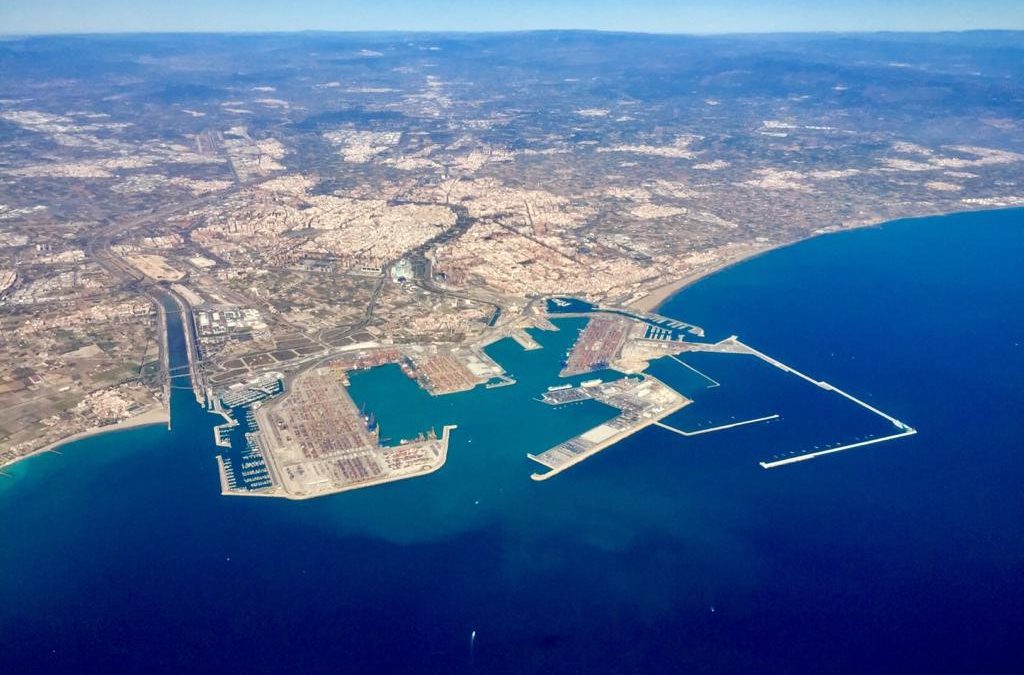It includes a review in 2025 and a joint proposal for Valenciaport and for the ports of Valencia, Sagunto and Gandia which considers their singularities.
New business opportunities and technological development; energy transition, decarbonisation and the fight against climate change; digital transformation; innovation; and the Port-City relationship are the five axes of the new Strategic Plan.
The Port Authority of Valencia (PAV) has put out to tender the technical assistance for the preparation of the Valenciaport 2030 Strategic Plan which will have five axes: new business opportunities and technological development; energy transition, decarbonisation and the fight against climate change; digital transformation; innovation; and the Port-City relationship. This is a key document for defining and setting Valenciaport’s objectives for the coming years to strengthen its position as a leading port hub in the Mediterranean.
The Valenciaport Strategic Plan, with a 2030 horizon, will be completed with a longer-term vision up to 2050 and will foresee a possible mid-term review in 2025. Furthermore, it must include a joint strategic proposal for Valenciaport and for each of the ports dependent on the PAV, i.e. the Port of Valencia, the Port of Sagunto and the Port of Gandia, taking into account the singularities and roles of each of them as commercial port, logistic and industrial port and city port. This Plan will be aligned with the Sustainable Development Goals of the United Nations and the Green Pact of the European Union and with the framework of the port system being designed by Puertos del Estado and in which Valenciaport is actively participating.
Responding to new needs
In recent years, important technological, economic and social changes have taken place which are influencing maritime-port activity. Geopolitical changes and changes in world trade patterns, the climate crisis that is leading us to a change of energy model, technological advances arising from digitisation and Industry 4.0, shipping company alliance policies and their vertical integration, greater public demands for participation in the public decisions that affect them, are some examples of changes in the scenarios in which we find ourselves and to which we must respond in the coming years.
In this context, a new strategic reflection is needed to redefine the mission and vision of the PAV as a whole and of each of its ports in particular, with a horizon up to 2030, in order to face these challenges and have a renewed roadmap to ensure the competitiveness of its facilities and services and their contribution to prosperity and social welfare.
This Plan, which was already put out to tender but was not awarded because no proposal passed the technical level, will include a new point to be assessed on traffic forecasts, including the evolution of containers, for the three ports managed by the PAV. The base budget for the tender is 713,565 euros including VAT and the deadline for submitting tenders will end in October.
Source: Hellenic Shipping News






